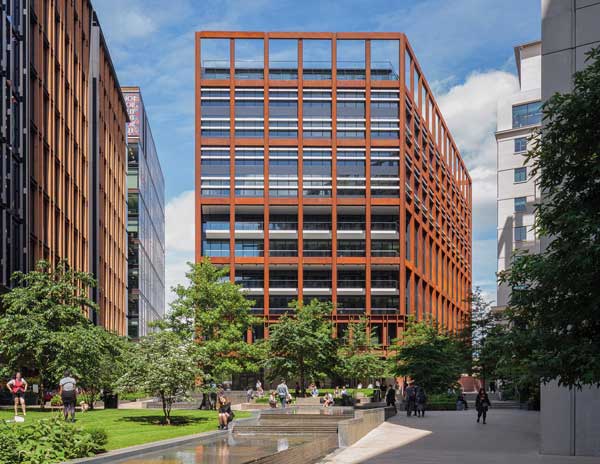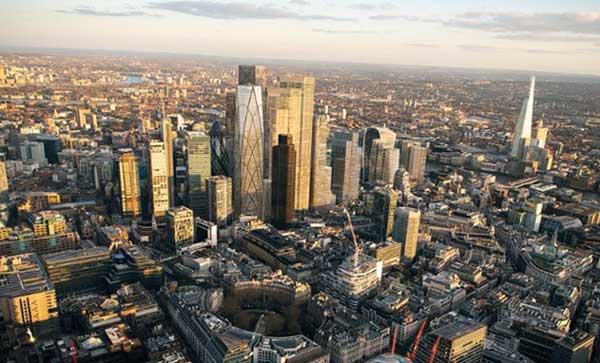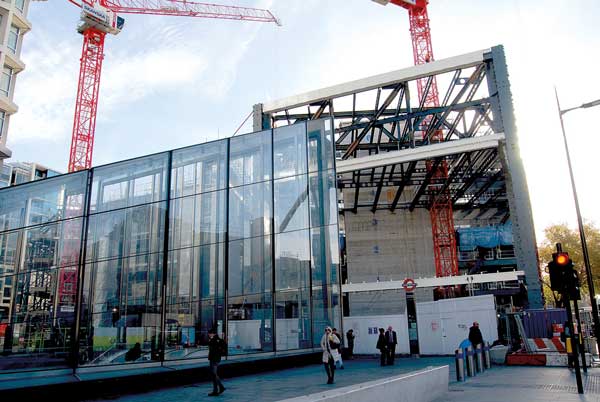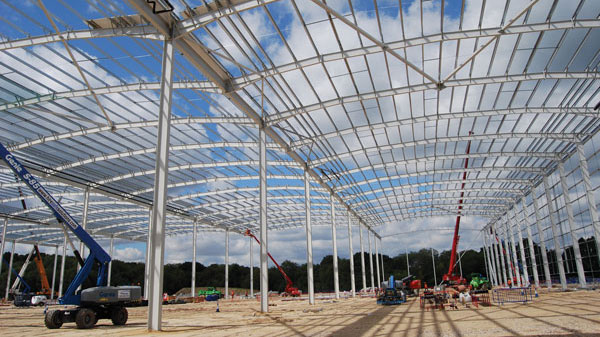SSDA Awards
Commendation: Four Pancras Square, London
 Featuring a weathering steel exoskeleton, Four Pancras Square is the last of six new commercial buildings within King’s Cross Development Zone B.
Featuring a weathering steel exoskeleton, Four Pancras Square is the last of six new commercial buildings within King’s Cross Development Zone B.
FACT FILE
Architect: Eric Parry Architects
Structural engineers: AKT II and BAM Design
Steelwork contractor: Severfield
Main contractor: BAM Construction
Client: King’s Cross Central Limited PartnershipSituated on a prominent site, Four Pancras Square demanded a strong identity that resonated with the site’s industrial heritage. This was encapsulated in Eric Parry Architects’ competition-winning design, which features an expressive, exposed weathering steel exoskeleton frame.
The building was designed as a speculative office, aspiring to exceed the British Council for Office specification and it was the first office to achieve a BREEAM 2014 rating of ‘Outstanding’.
Similar to the adjacent buildings, Four Pancras Square is an 11-storey commercial block offering Grade A office space with ground floor retail zones.
The steel exoskeleton forms the exterior of the entire building, supporting all of the internal floor slabs along each of the four elevations. The external steelwork and the floors are connected at key strategic locations that allow differential movements between the two to occur.
The main feature of this steelwork is a storey-high Vierendeel truss that encircles the building at first floor level.
“The main function of the steel truss is to create a 27m-long column-free façade along the building’s main entrance elevation, that not only overlooks the public realm but forms an important architectural ‘open letterbox’ between the building and the outdoor area,” explains BAM Design Associate Mike Hayes.
Aside from the main entrance façade, the truss allows the other elevations to have ground floor column spacings of up to 15.6m, which gives the building the desired architectural long span look. Above the truss the steel columns are aligned with the internal concrete columns at the shorter 4.5m spacings.
Weathering steel has been used for the entire skeleton because its hue will subtly change over time lending itself to the desired heritage appearance. Another benefit of using this type of steel is the fact that, even though it will remain exposed, it will not need painting or any maintenance throughout its lifetime.
“As weathering steel is only produced in plate, all of the columns are bespoke fabricated sections, with hidden internal connections for a clean aesthetic appearance,” explains Severfield Project Manager Gary Dooley.
Erecting the steelwork began with the installation of the storey-high truss, beginning with the 27m-long column-free span along the entrance elevation.
The truss was fabricated by Severfield and then brought to site in 18 sections, including four corner pieces. The truss elements measured up to 17m long with the heaviest weighing 72t.
The judges recognised the strong technical collaboration of the entire team to deliver the architect’s vision of an expressed weathering steel exoskeleton without compromise. This was achieved through creative development of key technical details to address thermal bridging, differential thermal movements, fire performance and weathering. The building’s elevations are a celebration of steel.
Photo: © Dirk Lindner/Eric Parry Architects












